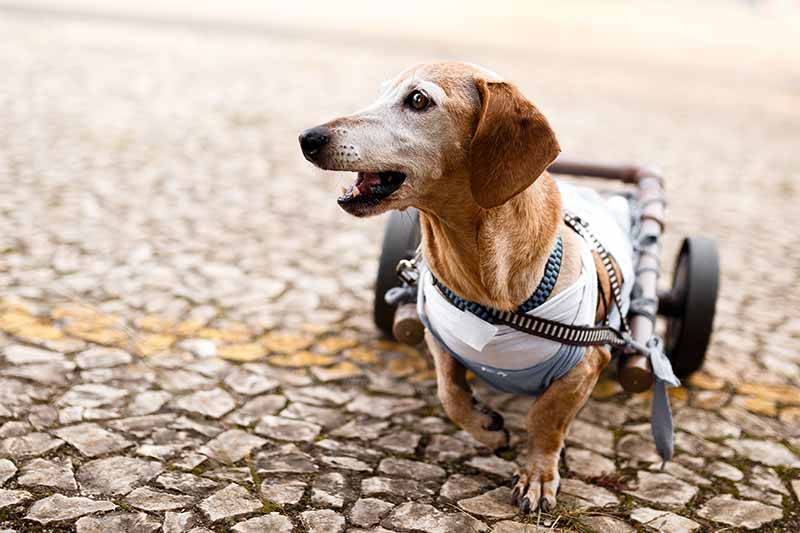Tripods Unite! Pet Limb Amputations
 Any pet lover will tell you their pet is perfect, no matter what. Sometimes, for a myriad of reasons, it’s in the best interest of a pet’s health to lose a body part. These special pets who are missing any eye, tail, or even a limb are more than deserving of our affection.
Any pet lover will tell you their pet is perfect, no matter what. Sometimes, for a myriad of reasons, it’s in the best interest of a pet’s health to lose a body part. These special pets who are missing any eye, tail, or even a limb are more than deserving of our affection.
Beverly Hills Veterinary Associates has helped some amazing animals over the years. We want to share more about pet limb amputations and what’s involved.
Reasons to Amputate
There are many reasons for pet limb amputations. Sometimes a limb is painful, diseased, or is a burden to its owner. More common scenarios might include:
- A cancer diagnosis, such as osteosarcoma
- A congenital deformity that results in trauma or pain
- A fracture or other injury that can’t or won’t heal
- Chronic pain
- Uncontrolled infection
While the decision to amputate can be a difficult one, most pets do quite well without the burden of an unhealthy limb.
The Process
When the decision to amputate has been made, some preparations are needed. Prior to surgery, blood tests and other diagnostics may be performed in order to determine the best way to proceed.
A limb amputation involves full anesthesia and excellent pain management. The surgeon methodically disarticulates the limb, carefully tying off major blood vessels. Muscles, nerves, and other tissues are dissected to reveal the bone or joint at which the amputation will take place.
Depending on the reasons for the amputation, the limb may be removed at the level of the shoulder or the upper thigh bone, although variations may occur. The decision about where to amputate is made with the pet’s best interest and function in mind.
The muscle and skin are sutured over the remaining bone. Often, drains are put in place for 2-3 days in order to allow drainage of fluids. The remaining limb may be covered with soft padding for the recovery period.
Good postoperative pain management is vital. Recovering pets need rest to allow healing; however, most do quite well figuring out how to navigate.
Life After Pet Limb Amputations
While most pets are able to lead normal, full lives after surgery, pet limb amputations do require some adjustments to your routine or environment. Consider the following tips:
- Administer all medications as directed.
- Help your pet with mobility issues; a harness or sling may be recommended. Remove challenging obstacles (for example, consider using a ramp vs. stairs).
- Provide non-slip surfaces in areas of the home your pet frequents (throw rugs and bulk yoga mat rolls can be helpful).
- Work with us to help maintain a healthy weight for your pet.
- Provide support for other joints, as recommended.
Pet limb amputations can be a big change, but they’re never performed without careful consideration. Oftentimes, the benefits are realized almost immediately. Please let us know if you have any questions or concerns. We’re always here to help!
